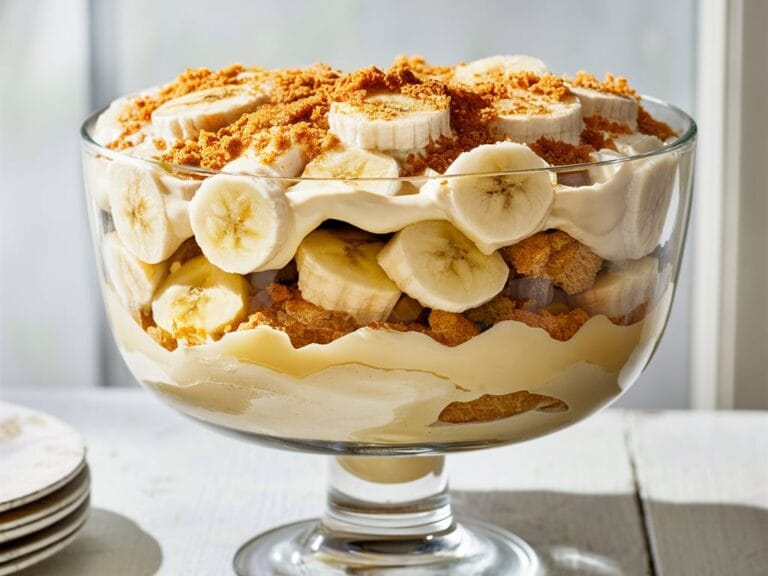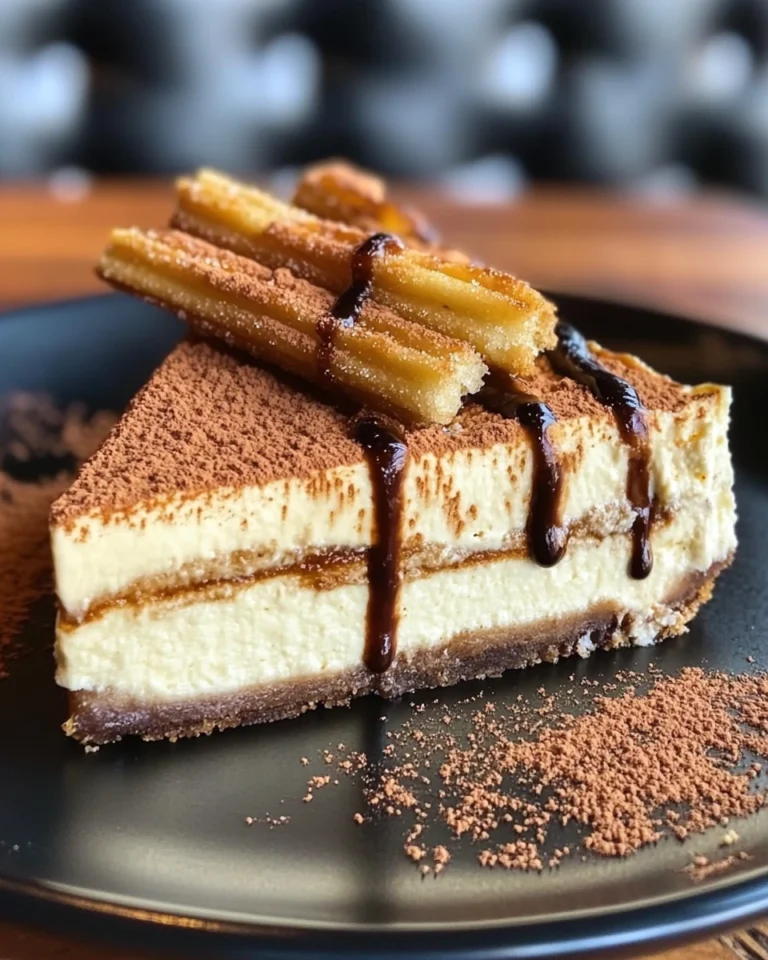Why was Bug Juice discontinued?
Why was Bug Juice discontinued? Bug Juice was a favorite beverage for many kids in the 90s. Known for its bright colors and sweet flavors, it was a staple in lunchboxes and at summer camps. Over time, however, Bug Juice seemed to vanish from stores. This led to speculation about its discontinuation. In this article, we will explore the history of Bug Juice, whether it was truly discontinued, and what factors contributed to its decline.
Introduction to Bug Juice
Bug Juice wasn’t just a drink; it was a cultural phenomenon. The beverage, known for its vibrant colors and sugary taste, became a favorite among children. From the late 1990s to the early 2000s, it was marketed mainly to kids and teens. The branding was fun and playful, which resonated with a young audience.
Bug Juice’s appeal was not just in its taste but in the experience it offered. The bright packaging, featuring cartoon bugs, made it stand out. This made it a perfect choice for camp, playgrounds, or parties. However, as consumer preferences shifted, so did the market dynamics. The rise of healthier beverage options and growing awareness about sugary drinks impacted Bug Juice’s popularity.
The Rise of Bug Juice
Bug Juice’s success was driven by smart marketing and a clear target audience. Unlike many other drinks, Bug Juice was marketed directly to children and young teens. This focus helped the brand develop a strong identity with bright colors, bold flavors, and a fun image.
- Marketing Campaigns: Bug Juice invested heavily in TV commercials on kids’ channels. These ads were often animated, featuring characters that appealed to kids. They highlighted the drink’s flavors and created an emotional connection by portraying it as part of a fun, active lifestyle.
- Parental Convenience: The drink was sold in resealable bottles, making it easy for parents to pack in lunchboxes. This convenience made it popular among parents looking for quick snacks and drinks for their children.
- Product Placement and Sponsorships: Bug Juice sponsored children’s events and appeared in TV shows. This strategy helped embed the brand in the culture of the late 90s and early 2000s.
Despite early success, the beverage industry began to change. As consumers became more health-conscious, the demand for sugary drinks like Bug Juice decreased. According to Hearty Home Cook, health concerns were a major factor in its declining popularity.
If you want to try a modern twist on a classic drink, check out the Bug Juice Camp Drink Recipe from Aurelia Recipes.
Is Bug Juice Really Discontinued?
Many believe that Bug Juice was discontinued, but this isn’t entirely true. The company never officially discontinued the product. Instead, they reduced their distribution and shifted focus to niche markets and limited releases.
According to Endante, this change was due to logistical challenges and a need to reposition the brand in a health-focused market. With fewer stores stocking it, many assumed Bug Juice was gone. However, it remains available in select stores and online.
The brand has also released limited-edition flavors to maintain its fan base. These efforts have had mixed results. Some fans feel that the new versions don’t capture the original essence of the drink.
Factors Leading to Decline in Popularity
Several factors contributed to the decline of Bug Juice:
- Health Concerns: There was growing awareness about the health impacts of sugary drinks. As studies linked these drinks to obesity and diabetes, parents became more cautious about what their kids consumed. This shift directly impacted demand for sugary drinks like Bug Juice.
- Market Trends: The market moved towards healthier alternatives. Brands offering natural ingredients, lower sugar, and organic options started to dominate. Parents, the main buyers of Bug Juice, began choosing healthier beverages, making it hard for Bug Juice to compete.
- Economic and Business Factors: Financial challenges and changes in strategy also played a role. Declining sales and market shifts put pressure on the company. Keeping a wide distribution network for a less popular product became too costly.
- Changing Consumer Preferences: The tastes of the target audience changed. As health-conscious eating became mainstream, sugary beverages fell out of favor. Products like coconut water and natural fruit juices gained popularity, pushing Bug Juice out of the market.
For healthier alternatives to Bug Juice, consider the Zucchini Mushroom Recipe, which is easy, healthy, and delicious.
Customer Loyalty and Brand Revitalization Efforts
Despite the challenges, Bug Juice has not disappeared completely. The company has tried several strategies to keep the brand alive:
- Social Media Engagement: Bug Juice uses social media to engage with its fans, sharing nostalgic content and tapping into memories of those who grew up drinking it.
- Limited Edition Releases: To stay relevant, Bug Juice has released limited-edition flavors and packaging. These often appeal to adults who drank Bug Juice as kids, but their success has been varied.
- Collaborations and Partnerships: Bug Juice has teamed up with retro-themed events and brands to stay visible. These partnerships aim to make Bug Juice appealing to both nostalgic adults and new audiences.
- Exploring Healthier Formulations: The brand has considered reformulating its drinks to reduce sugar and use natural ingredients. These efforts are still in the early stages and have not yet made a big impact.
Understanding the Nostalgia Factor
One reason for Bug Juice’s continued presence is the powerful nostalgia it evokes. Many adults who grew up in the 90s feel a strong connection to the products and brands of their childhood. Bug Juice, with its colorful bottles and memorable flavors, is no exception.
Nostalgia has real commercial value. Brands like Bug Juice can use it to revive products and attract consumers wanting to relive their childhood. The rise of retro products and vintage branding shows how powerful nostalgia can be in driving consumer behavior.
However, nostalgia alone may not be enough. To succeed, Bug Juice must also adapt to modern preferences, balancing its nostalgic appeal with a commitment to health and quality.
FAQs: People Also Ask
- Is Bug Juice still available?
Yes, Bug Juice is still available, though it’s not as widely distributed. The company hasn’t officially discontinued the product but has limited its market presence. - What were the main ingredients in Bug Juice?
The primary ingredients were water, high-fructose corn syrup, artificial flavors, and coloring agents. These gave the drink its distinct taste and look. Newer versions may have healthier ingredients. - Why was Bug Juice popular in the 90s?
Bug Juice was popular because of its bright colors, fun packaging, and flavors that kids loved. It was also heavily marketed on children’s TV, making it a familiar choice. - Did Bug Juice have any health issues?
The drink was criticized for its high sugar content and lack of nutritional value. As awareness grew about the health risks of sugary drinks, its popularity declined. - Are there similar drinks to Bug Juice today?
While Bug Juice remains unique, there are other drinks in the market for children that offer similar flavors but often with healthier ingredients.
Lessons Learned from Bug Juice’s Market Journey
Bug Juice’s story offers several lessons for other brands:
- Adapt to Changing Consumer Preferences: Not adapting to consumer trends can lead to a decline. Brands must stay aware of changes and be willing to adjust their strategies.
- Balance Nostalgia with Modern Needs: Nostalgia is powerful but needs to be balanced with current trends. Consumers today are more informed and health-conscious, so brands need to appeal to these preferences.
- Leverage Digital and Social Media: Engaging with consumers online is crucial. Bug Juice’s efforts to reconnect with its audience through digital platforms show the importance of a strong online presence.
- Innovate and Stay Flexible: The beverage industry is competitive and constantly changing. Brands like Bug Juice must stay flexible and open to new ideas, whether it’s through healthier options or new marketing strategies.
Future Outlook for Bug Juice and Similar Brands
The future of Bug Juice and other nostalgic brands will depend on their ability to innovate and adapt. Nostalgia has brought these brands back into the spotlight, but staying there will require more effort.
- Rebranding or Repositioning: Bug Juice could consider a rebrand to align with current health trends, perhaps by focusing on lower-sugar or organic options.
- Embrace Digital Marketing and E-Commerce: Expanding their online presence and focusing on e-commerce can help Bug Juice reach its audience directly. Special offers, limited releases, and engaging content can maintain interest.
- Collaborations and Partnerships: Teaming up with other brands or events could help Bug Juice reach new audiences. Collaborations with health-conscious brands could help reposition it as a healthier option.
- Explore Global Markets: While primarily a North American brand, Bug Juice could find new growth opportunities in global markets, where nostalgia for American products is high.
Conclusion
Why was Bug Juice discontinued? The story of Bug Juice reflects the ever-changing landscape of consumer preferences and market dynamics. While the drink is not officially discontinued, its reduced availability shows broader shifts in behavior and trends.
To stay relevant, Bug Juice must balance its nostalgic appeal with modern demands for healthier products. By learning from its past and innovating for the future, Bug Juice—and brands like it—can find new opportunities for growth and success.
Whether Bug Juice remains a nostalgic memory or makes a comeback depends on its ability to evolve with its audience. The story of Bug Juice is a reminder that in the world of consumer goods, nothing is ever truly over—it’s about adapting, reinventing, and connecting with consumers in new ways.







